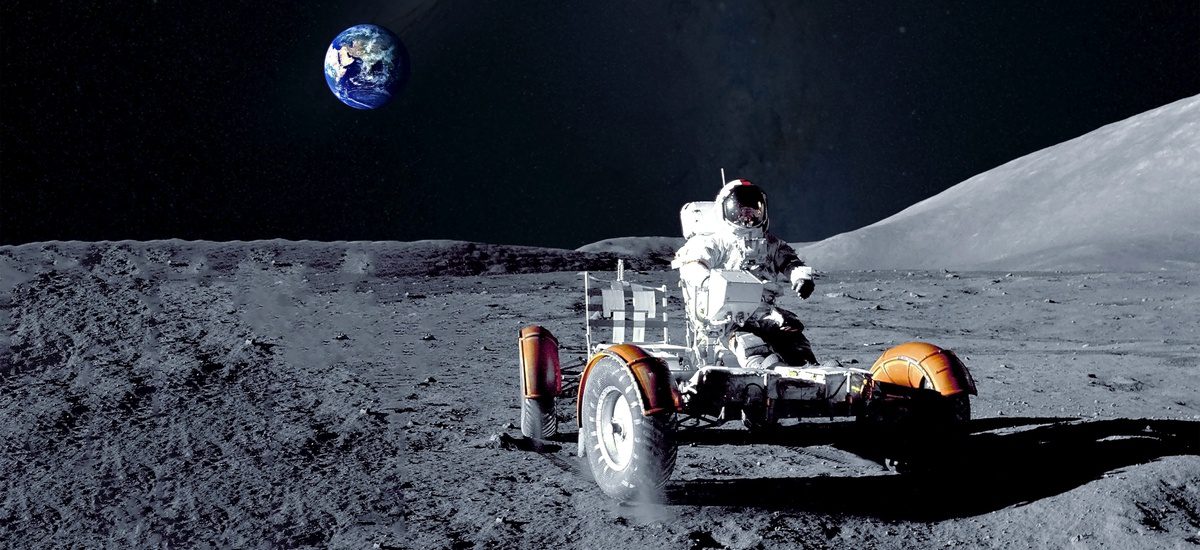(Our Bureau, June 14) Coimbatore-born Subashini Iyer is the backbone of NASA’s ambitious Artemis mission that will take humans to the Moon and planet Mars. Subashini, who is a Spacecraft Engineering Integrator at Boeing, has been associated with Space Launch System (SLS) for two years. She is responsible for the core stage of Artemis I which will take the spacecraft, Orion, into deep space. Subashini was one of the first women to graduate in mechanical engineering from her college VLB Janakiammal College in 1992. She is now leading a diverse team of mechanical and electrical engineers to support NASA once the core stage is built and handed over to the space agency.

In an interview with the Times of India, Subashini said the SLS is the most powerful rocket in the world and she is responsible for building the rocket’s core stage which contains propulsion and electronic systems. It is designed to reach a height of 530,000 feet before breaking away and Artemis I is slated to launch in November this year.
Sole woman in the batch
Incidentally, when Subashini Iyer first enrolled for her engineering class she was the only woman in her batch; she was asked to find another woman “for safety” and had to convince a friend to join the course with her. She now heads a diverse team with several women in it. “My manager, the director of production, test and launch is a woman and so is her boss. The NASA SLS launch director and core stage element leader are also women. It has been great seeing more women in the field,” she told ToI.
“Involved with the SLS launch is a diverse team … I also have the pleasure of leading women and people from different countries.”
Later this year, @NASA_SLS will send our @NASA_Orion spacecraft around the Moon during the #Artemis I mission.
🤔 You might be wondering… how do we assemble the world’s largest and most powerful rocket?
Let us break it down for you: https://t.co/uWe67KshKA pic.twitter.com/sLnhW4y5TY
— NASA (@NASA) June 11, 2021
The @NASA_SLS #Artemis I core stage has been lowered down onto the mobile launcher in High Bay 3 of the Vehicle Assembly Building at @NASAKennedy. Teams are continuing work to secure the core stage to the solid rocket boosters for @nasaartemis I. pic.twitter.com/cINDCwDP7V
— NASA's Exploration Ground Systems (@NASAGroundSys) June 12, 2021
Artemis project details
The lunar exploration program uses new technologies and systems to explore the moon and NASA’s new rocket SLS will send astronauts to the moon and beyond, 50 years after humans last stepped on the lunar surface. The space agency will fly two missions around the moon to test its deep space exploration systems: Artemis I is an uncrewed flight to test SLS and Orion, Artemis II will test SLS and Orion with the crew. According to NASA’s website, when the SLS rocket takes off it will produce a maximum thrust of 8.8 million pounds, more power than any rocket in history.
Discover more fascinating Stories


